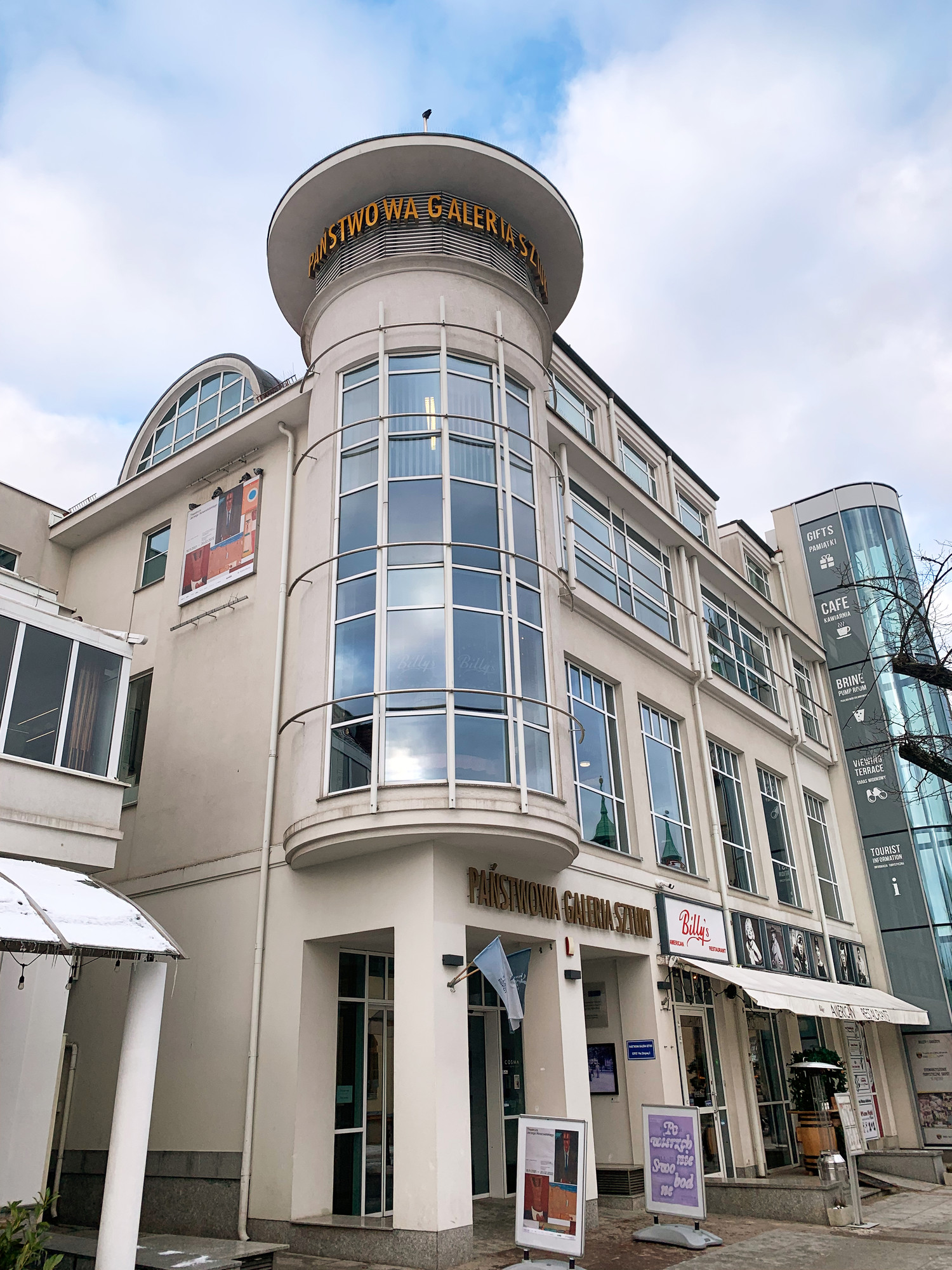
Visitors can expect to find a calendar of regularly-changing temporary exhibitions spread over 3 floors (a total of 1,200m²) which continue to highlight the work of artists working in a wide range of modern and traditional art practices from all over the world. The most famous Polish artists have been displayed here, as well as some of the most recognised names internationally, as well as up-and-coming creatives - something that PGS certainly has an eye for! While most 'city galleries' are focused primarily on exhibiting domestic contemporary art, PGS has been able to rise above these constraints, thanks to the support of the city council and other funding bodies, and has displayed a truly impressive repetoire of exhibitions during its lifetime. The gallery is known for its unique approach in curating historic works along side comtemporary ones, as well as exhibiting art collections under the name of the collector, rather than a featured artist. It's this individual approach that has earned the State Art Gallery in Sopot the reputation of being one of the best art galleries in Poland.
In addition to the exhibition of art, the gallery space also lends itself to a range of other events throughout the year. The top level features a a two-tier gallery space complete with a high-quality sound and lighting system that is ideal for live music, art forums and workshops, all with the aim of bringing the artistic community together. Having face-to-face meetings and interactivity between the exhibiting artist, collector and the audience is particularly important for the gallery board, and, more broadly, bringing art to the attention of young and old.
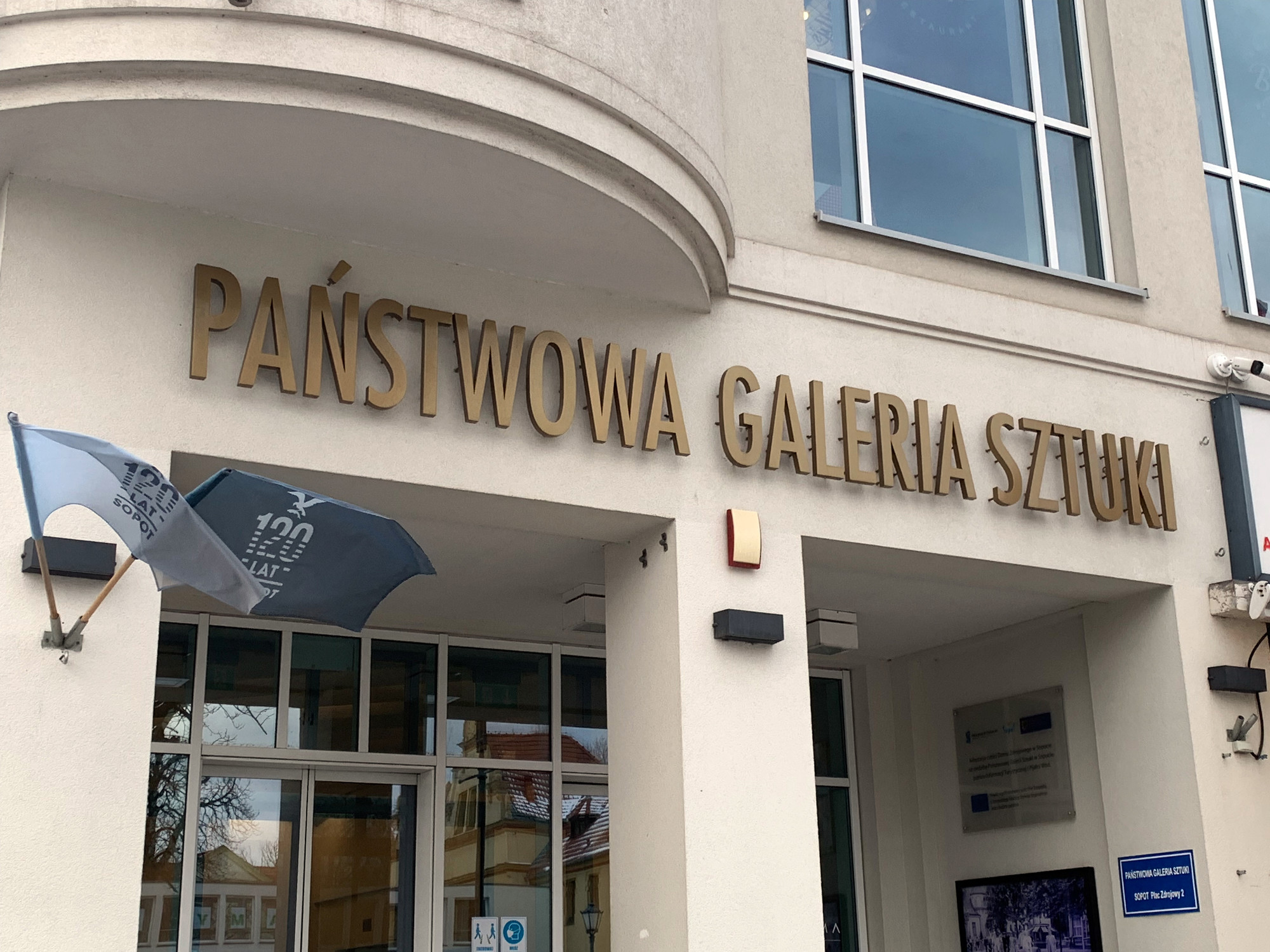
From Black Mountain College to Pop Art. Post-war American art and documents from the Archiv der Avantgarden
Od Black Mountain College do Pop Artu. Powojenna sztuka amerykańska i dokumenty z Archiv der Avantgarden
When it comes to the far-reaching achievements of PGS's history, this exhibition is, without a doubt, one of the most important not to mention 'internationally star-studded'. From Black Mountain College to Pop Art was a first-hand look at the evolution of avant-garde art practices in post-war USA, taken from the collection at the equally-prestigious Archiv der Avantgarden (ENG: State Collection of Avantgarde Art) in Dresden, Germany. Pictures, sculptures, installations, architectural sketches, photos, film and music and much more have been curated for the exhibition, providing important testimonials of innovative practices that were taking place across the Atlantic. Arranged in chronological order of trends and phenomena, artistic groups and their works, including Black Mountain College, Fluxus, pop art, minimal art, post-minimalism, conceptual art and the land art movement are presented as a sort of visual essay to give visitors an understanding of this evolution.
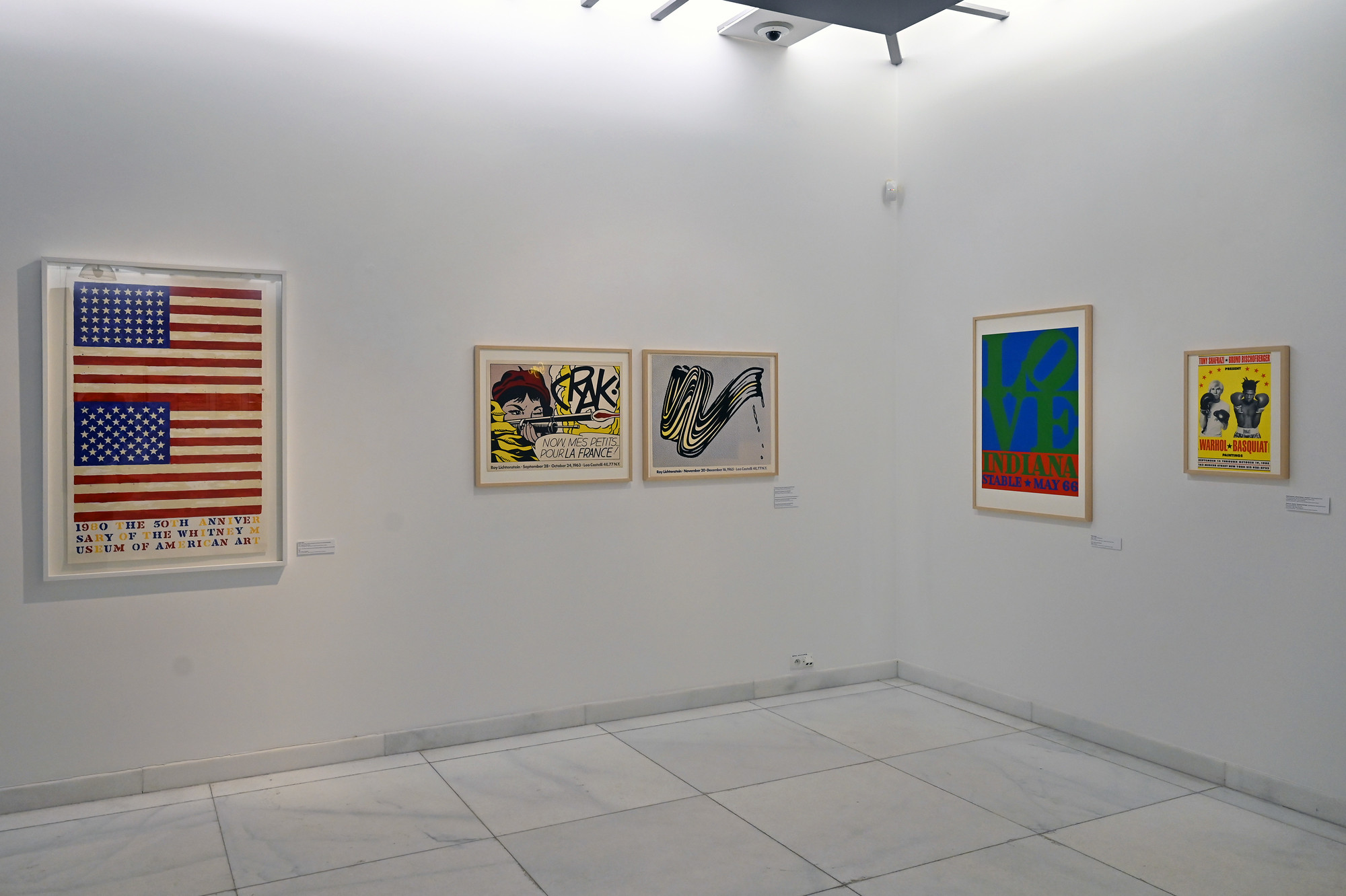
Artists featured in the exhibition included Andy Warhol, Josef Albers, Carl Andre, Stephen Antonakos, Hazel Larsen Archer, Walter Darby Bannard, George Brecht, Bill Bollinger, John Cage, Peter Campus, Chuck Close, Jim Dine, Dan Flavin, Buckminster Fuller, Robert Grosvenor, Al Hansen, Dick Higgins, Robert Indiana, Jasper Johns, Ray Johnson, Allan Kaprow, On Kawara, Alison Knowles, Willem de Kooning, Sol LeWitt, Roy Lichtenstein, George Maciunas, Charlotte Moorman, Robert Motherwell, Bruce Nauman, Louise Nevelson, Claes Oldenburg, Robert Rauschenberg, Man Ray, Ad Reinhardt, Larry Rivers, Dorothea Rockburne, Carolee Schneemann, Paul Shartis, Robert Smithson, Frank Stella, Sun Ra, Richard Tuttle, Cy Twombly, Robert Watts and Lawrence Weiner.
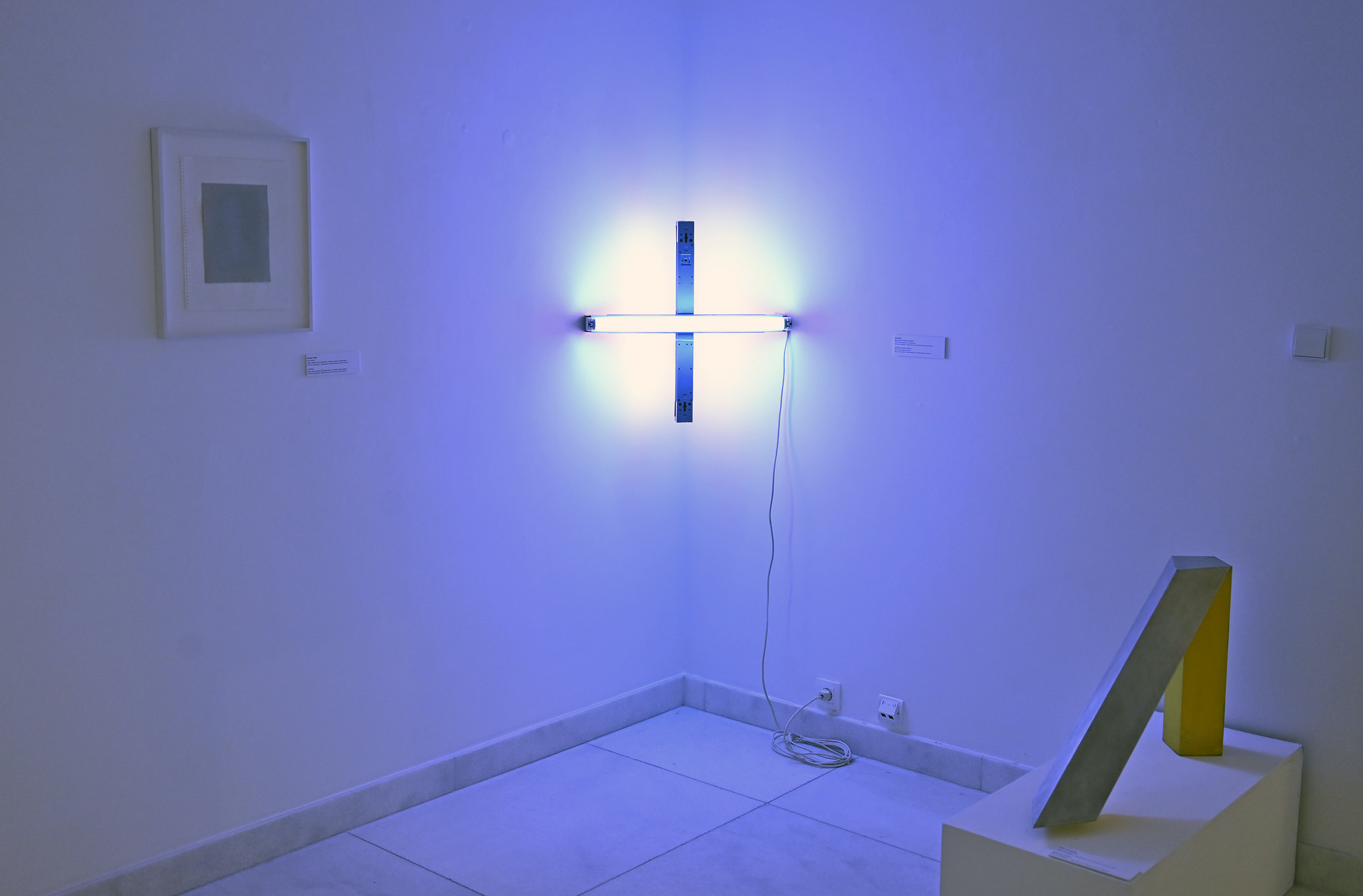
Fotomorgana
Fotomorgana
By definition, Fotomorgana is a term given to art and photography where the objects within the work have been arranged to give a specific visual impression. Thus, the photography specially selected for this exhibition were purposefully composed in such a way, and involved some sort of complex procedure in order to acheive such an effect. As part of this idea, PGS took an unusual approach of presenting the science behind each work, in the form of a war-affected building and a number of diaoramas, scenographies and closed performance events. This allowed the audience to better understand this phenomenon, that being the formation of an apparent image by means of the forced attitude of the recipient - In other words, the fallibility of our own eyesight.
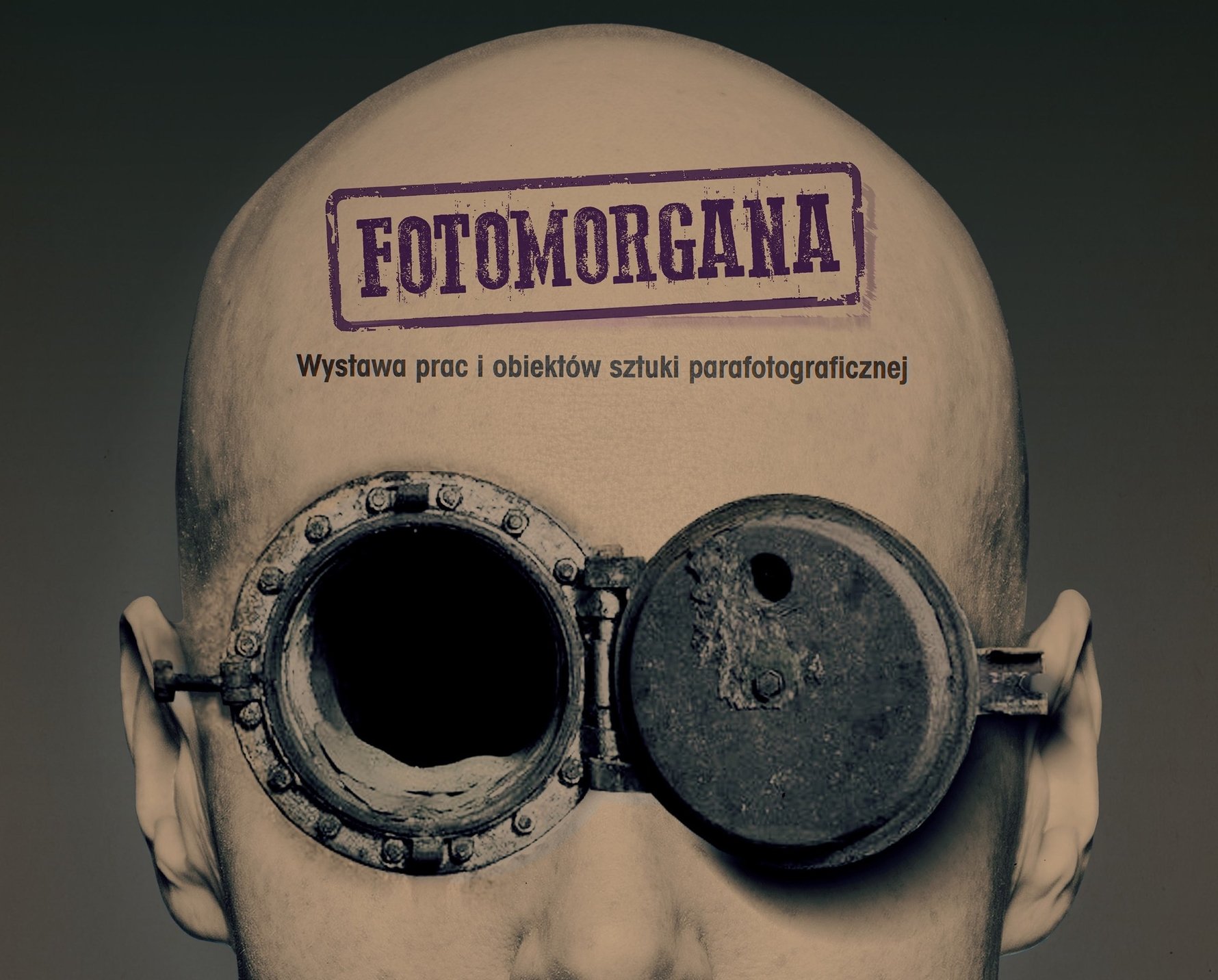
Decisions around the Fotomorgana exhibition were made with a high amount of respect for art practices, and a huge amount of consultation was done in order to present the exhibition in such an ambitious way. Numerous meetings with the artists themselves, all of whom hail from Poland, helped to contribute towards the curatorial process, as well as collectors and key individuals dealing with the periphery of photography. Artists involved in Fotomorgana included Mikołaj Długosz, Przemysław Duda, Magdalena Franczuk, Weronika Gęsicka, Florian Green, Wiesław Jarmułowicz, Kacper Kowalski, Kobas Laksa, Iza Magnuszewska, Marek Mazanowski, Irena Nawrot, Łukasz Owczarzak, Karol Palczak, Urszula Pieregończuk, Jacek Piotrowicz, Rudi Rapf, Andrzej Sobiepan, Patrycja Sobiepan, Jacx Staniszewski, Grzegorz Wójcik, Marek Wrzesiński, Anna Wypych, and the exhibition curator himself, Robert Kuśmirowski.
*** TO FREEDOM. Polish Art of the 80s and 90s from the Collection of Werner Jerke from Recklinghausen
KU WOLNOŚCI. Polska Sztuka XX i XXI wieku prace z kolekcji Wernera Jerke z Recklinghausen
This exhibition presented a selection of over 60 works of politically-subversive and socially-engaged art, some of which are legendary and have been reproduced numerous times. These were provided from one of the largest Polish art collections outside of Poland, assembled by one Werner Jerke and kept tight in Recklinghausen, Germany. ***To Freedom featured Polish art of the 80s and 90s, a time when the country was undergoing heavy political and social changes, aspects of which are reflected across the collection. It also represented a cross-section of art collectives from around the country: Members of the Warsaw Gruppa - Ryszard Grzyb, Paweł Kowalewski, Jarosław Modzelewski, Włodzimierz Pawlak, Marek Sobczyk, Roman Woźniak - as well as Wrocław's Luxus, Łódź Kaliska, Grupa Ładnie, the likes of Edward Dwurnik and Leon Tarasewicz, and artists of the younger generation, such as Radek Szlaga.
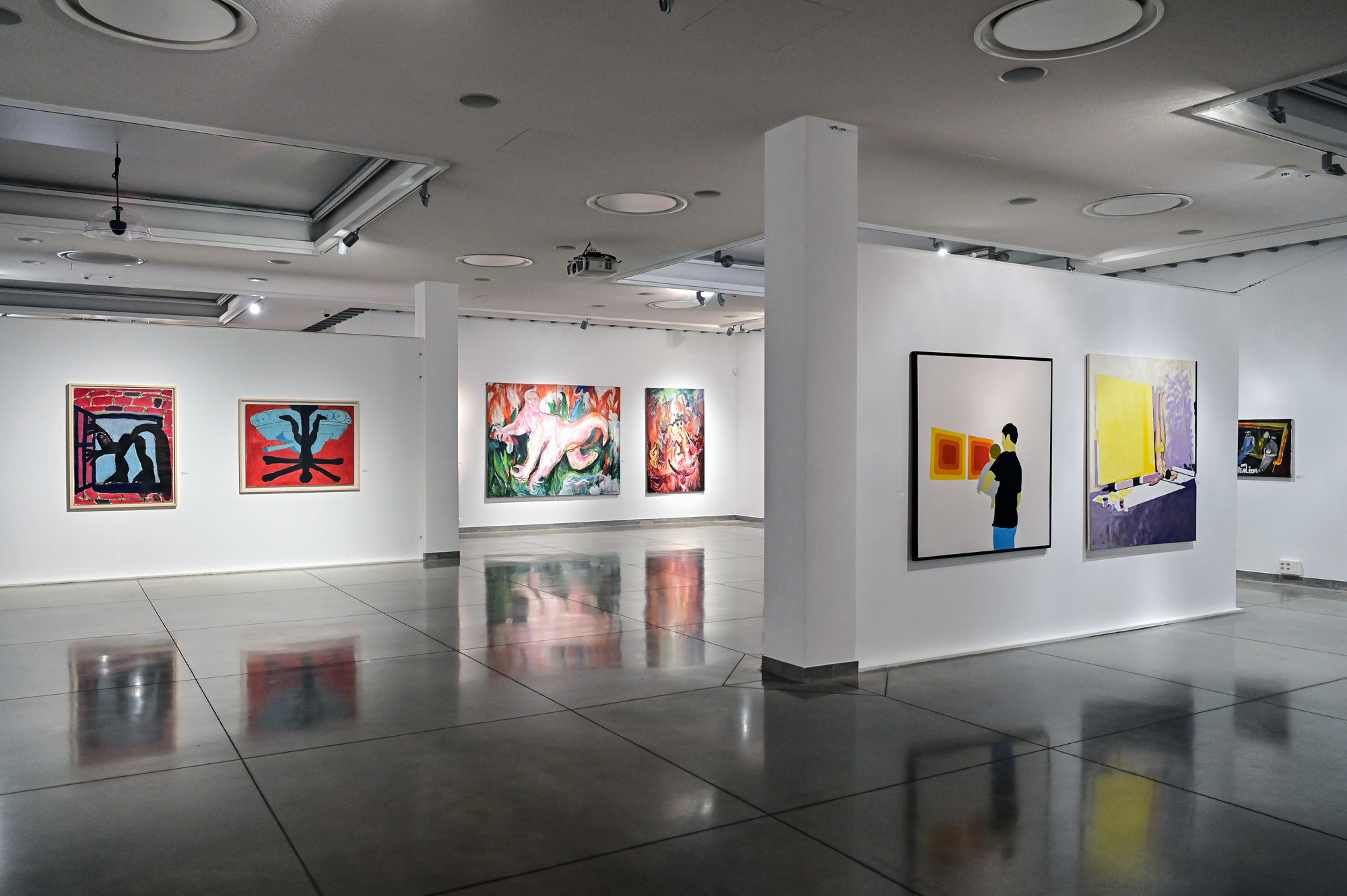

Photography at the Crossroads. Works from Cezary Pieczyński Collection.
Fotografia na rozdrożach. Prace z kolekcji Cezarego Pieczyńskiego
Coming from various directions of trends and practical areas, the works featured in Photography at the Crossroads showed a broad perspective, starting with the 19th-century pioneers to the photographic avant-garde and their heirs, as well as conceptualists, contesters, and contemporary artists. Despite the historic range of Cezary Pieczyński's collection, the decision was made to curate based on 'Abstraction', discerning the common motifs and representative figures of these works, rather than anything chronological. This encouraged a more subjective look at each photograph's creative approach, as well as emphasising certain ideas and motifs that were predominant in various time periods and how they compare from a modern perspective.
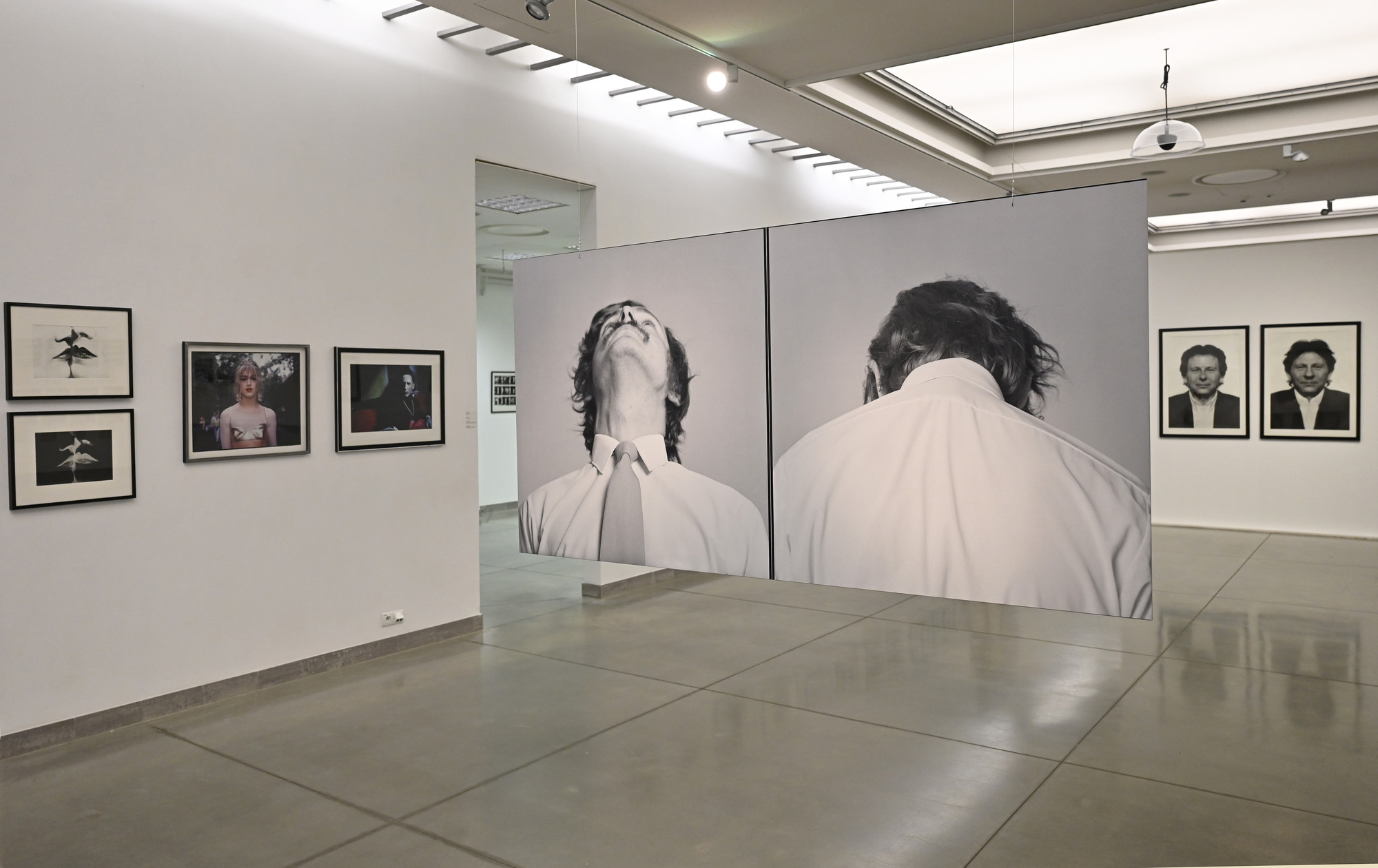
A long list of incredibly important artists are featured in Pieczyński's collection, these include the works of Paul Strand, who helped pioneer modernist photography in the early 20th century; the American portrait photographer Berenice Abbott; New York LGBT photographer Nan Goldin; Chinese artist Zhang Huan; Life Magazine photographer Horace Bristol; and numerous artists from Poland who have made significant contributions to the Polish photography movement - Anna Kutera, Zdzisław Beksiński, Bronisław Schlabs, Leonard Sempoliński, Zdzisław Sosnowski, Jarosław Kozłowski, Ryszard Waśko, Janusz Bąkowski, Zbigniew Dłubak just to name a few!
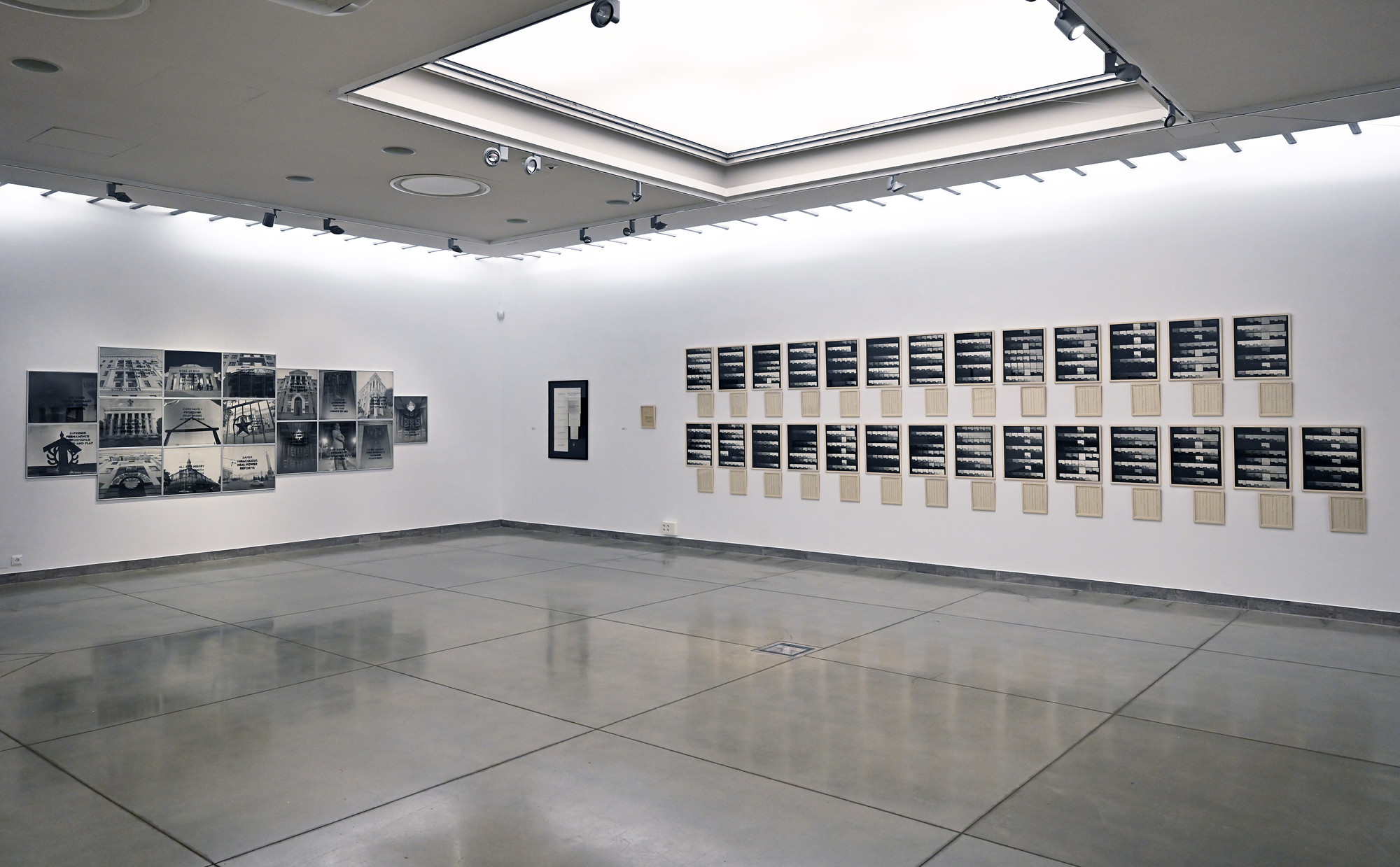
y as in youth
m jak młodość
mBank, one of Poland's leading banking groups, is a recognised name across the country. A lesser known fact is their foray into art collection, which kicked of in the 1990s and was previously focused on classical works of art. More recently, however, they have focused their attention on collecting works produced by the youngest generation of Polish artists - those on the cusp of adulthood. This initiative was aimed to stimulate the domestic art market and investing in emerging artists. A collaboration with the State Art Gallery was inevitable, and the resulting exhibition was titled m jak młodość exhibition (best translating as 'Y as in Youth' in English, though the word play gets lost in translation).
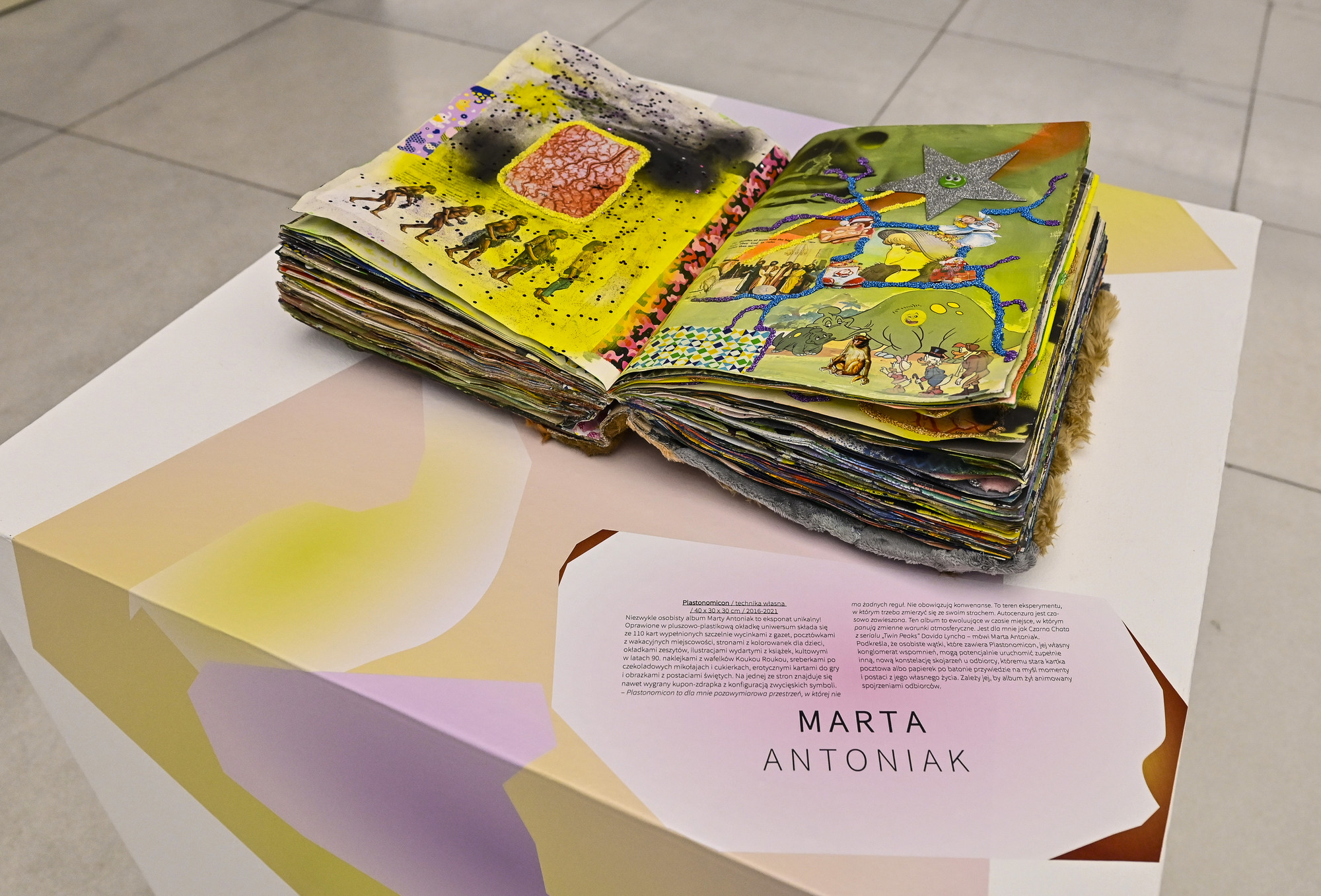
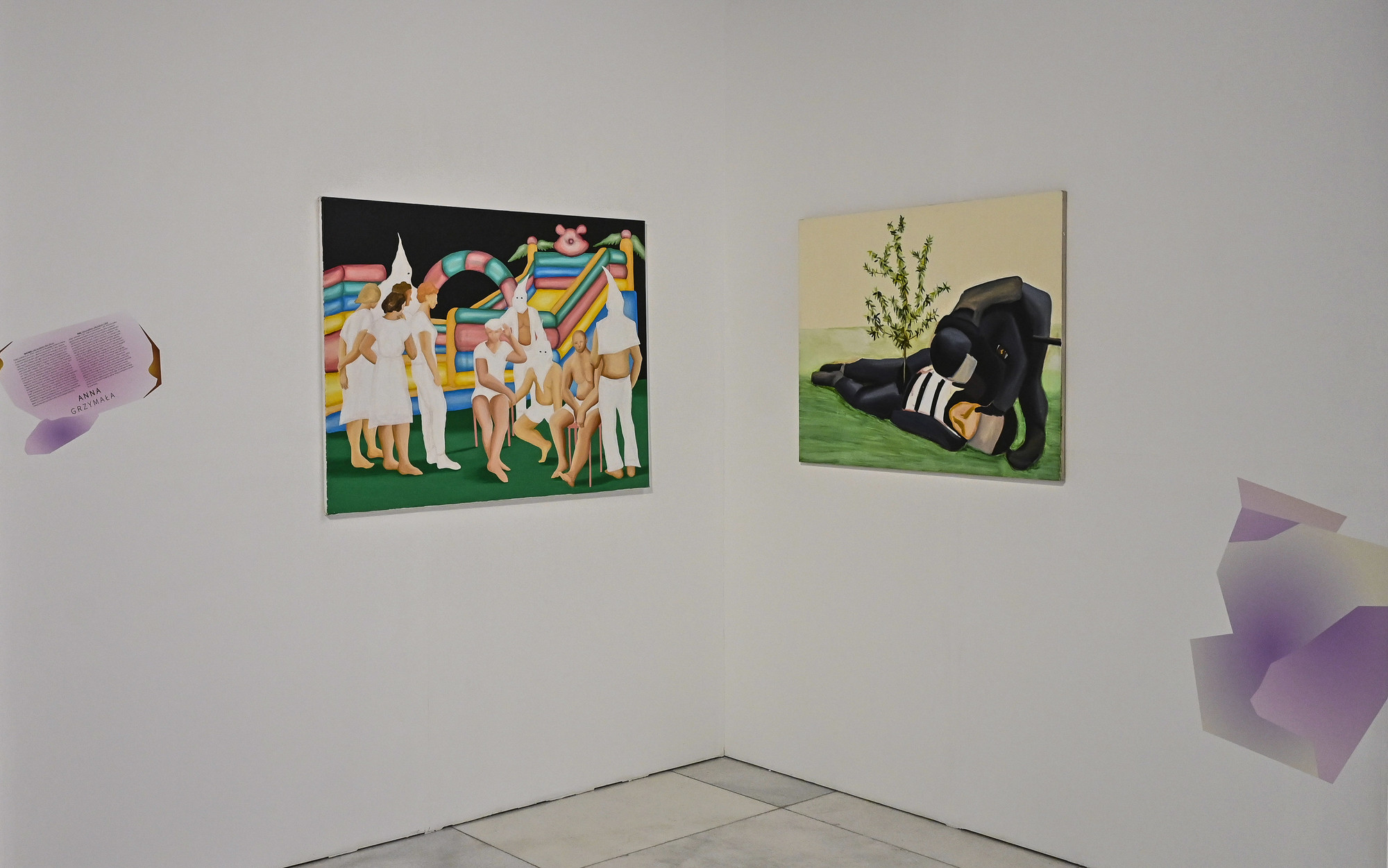
My i psy, psy i my
Us and Dogs, Dogs and Us
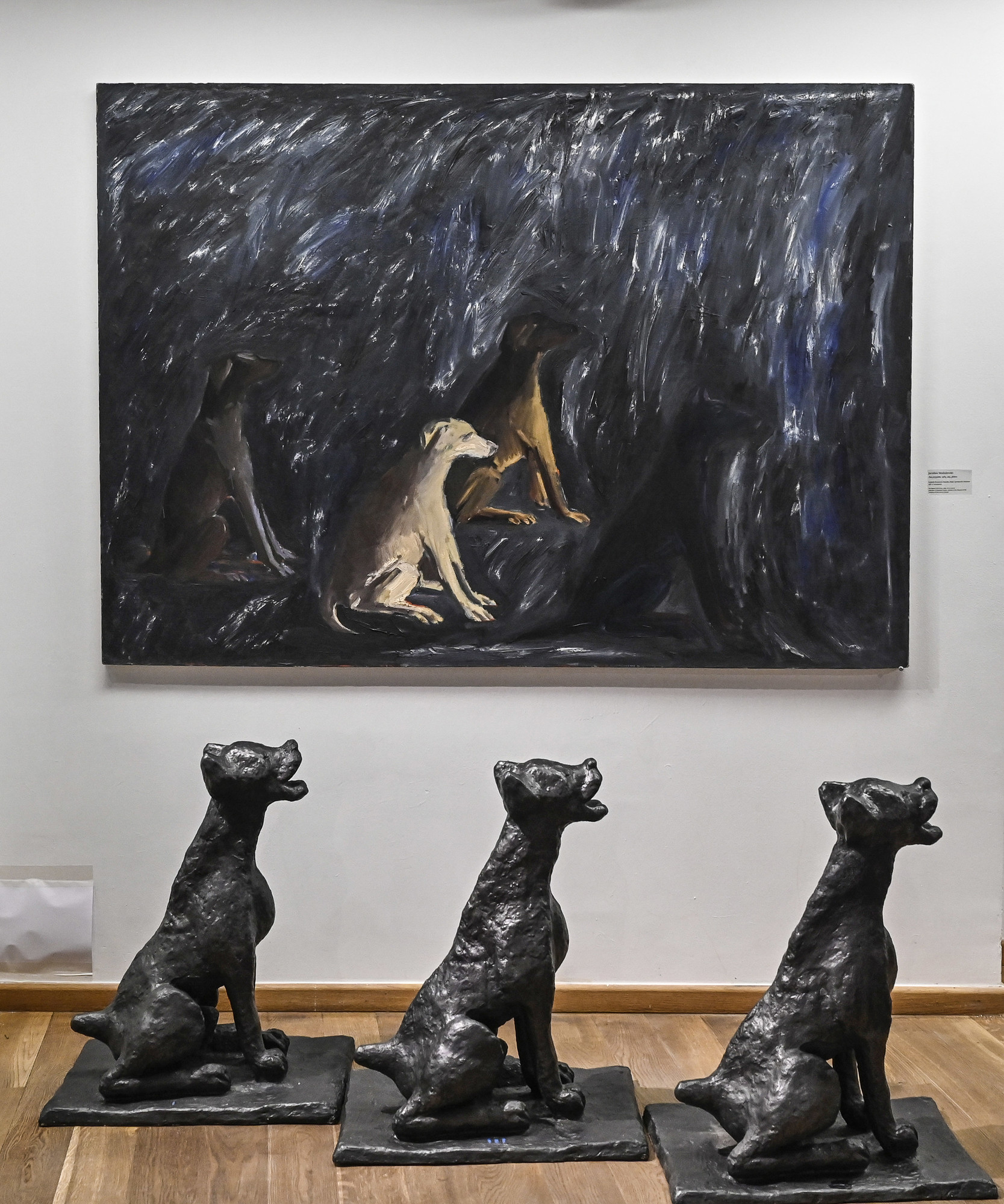
The exhibition was planned as a broad panorama of Polish art, presenting various artistic fields - paintings, sculptures, drawings - from the 18th century, through the 19th and the interwar period, and to the present day. The works were selected from both public collections (National Museum in Warsaw, District Museum in Toruń) as well as private collections.
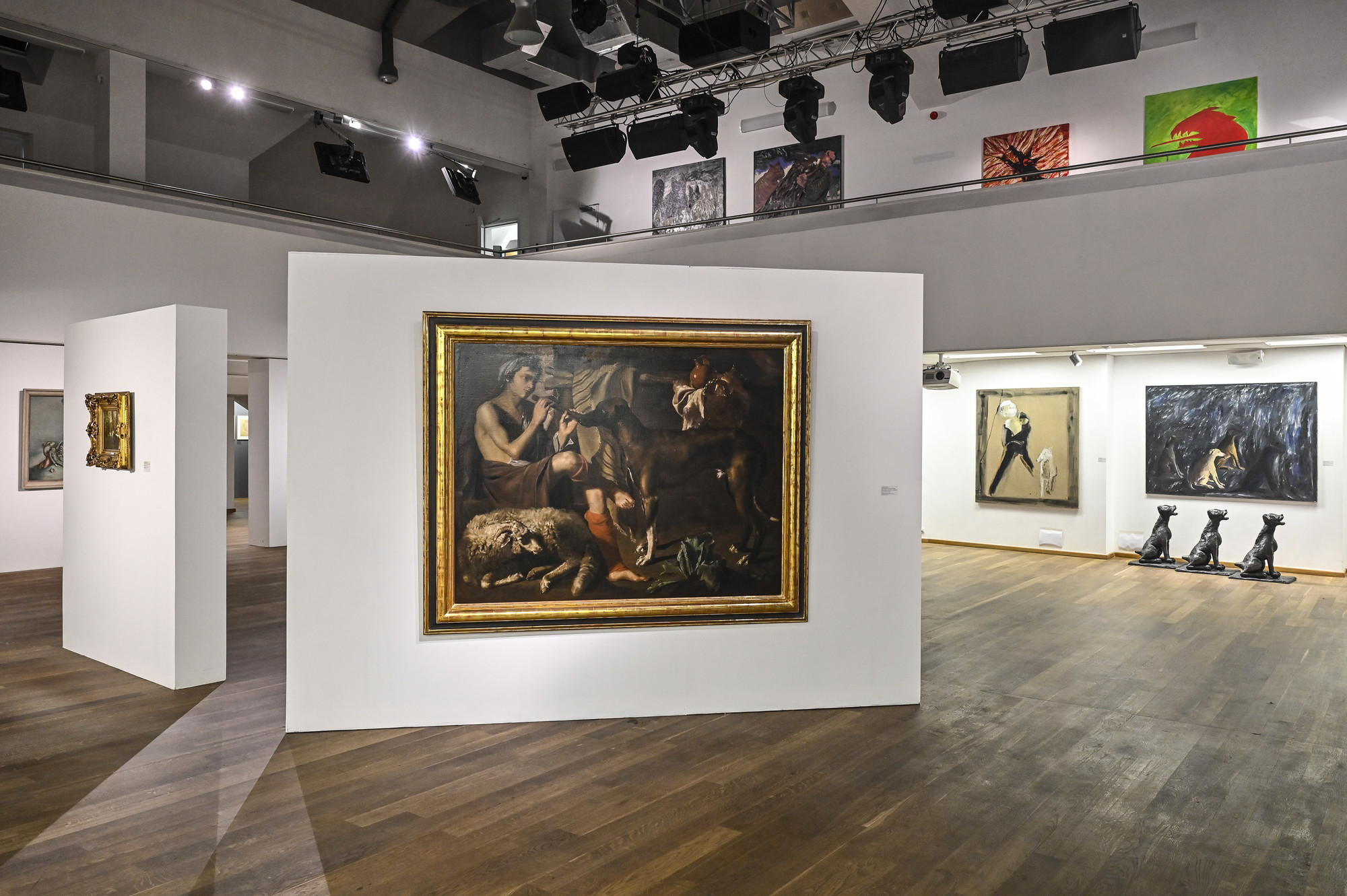
Władysław Hasior. Prace z kolekcji Galerii Starmach
Władysław Hasior: A collection of works from the Starmach Gallery
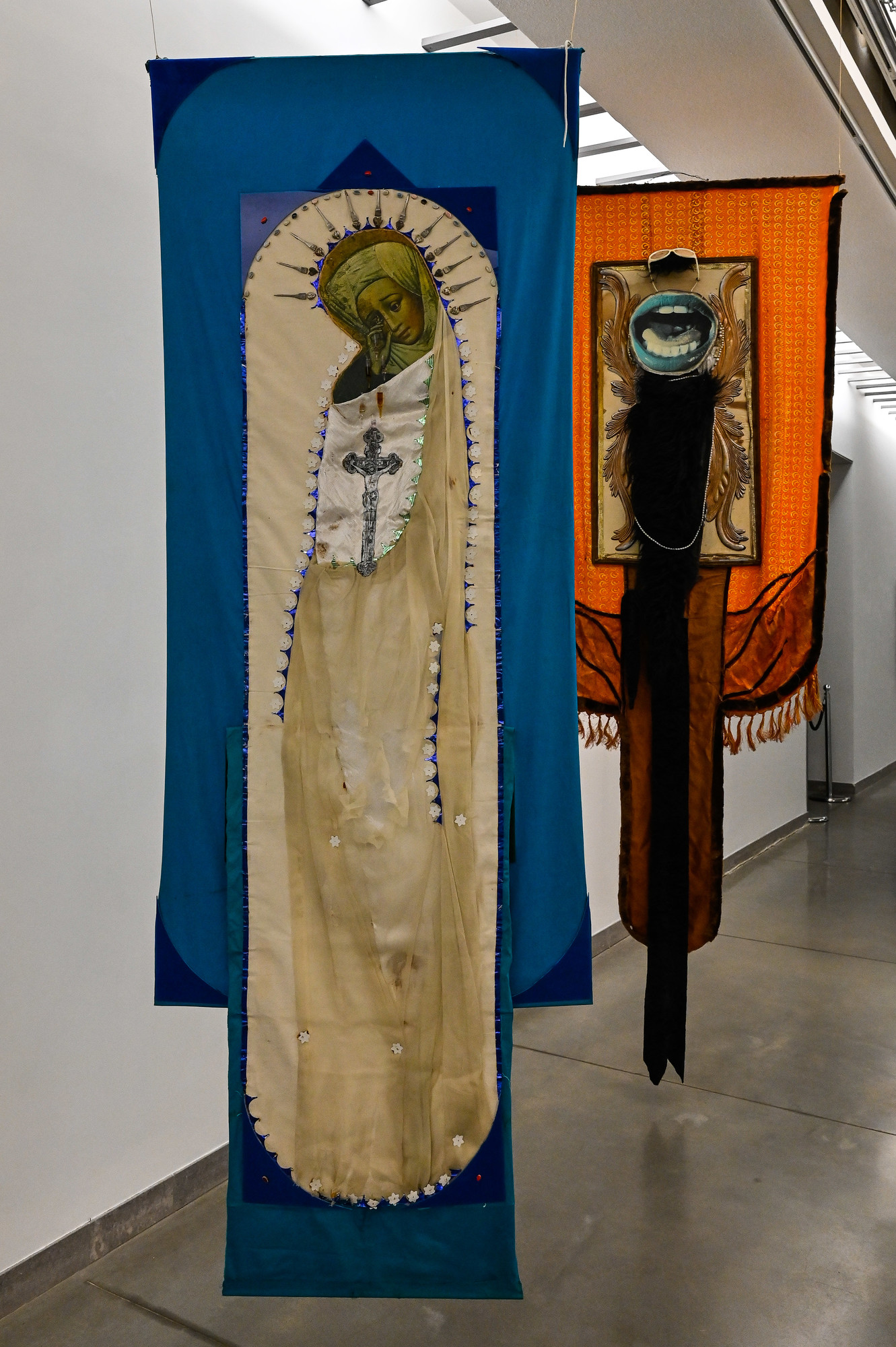
exhibition at PGS in Sopot. Photo by Jerzy Bartkowski.
Such deep-rooted religious themes and imagery are predominant in many of the artist's works, often taking on the form of Eastern Orthodox Khorugvi (ENG: banners/standards) and other forms of iconography. Elsewhere in the Starmach collection are Sonata księżycowa (ENG: The Moonlight Sonata) and Polski chleb (ENG: Polish Bread), examples of how found-objects, many of them gleaned from the banks of the Dunajec river or in Lemko villages, have been key inspirations behind Hasior's style. Many of the works in the Starmach collection come from the 1960s and early 1970s, Hasior's most creative period. Upon curating the Kraków-based collection in the State Art Gallery in Sopot, the inclusion of the 1963–1964 work Monte Cassino, featuring a glass gallon preserving an underwater graveyard, was certainly expected, as it provided an appropriate connection between Hasior and the city itself.
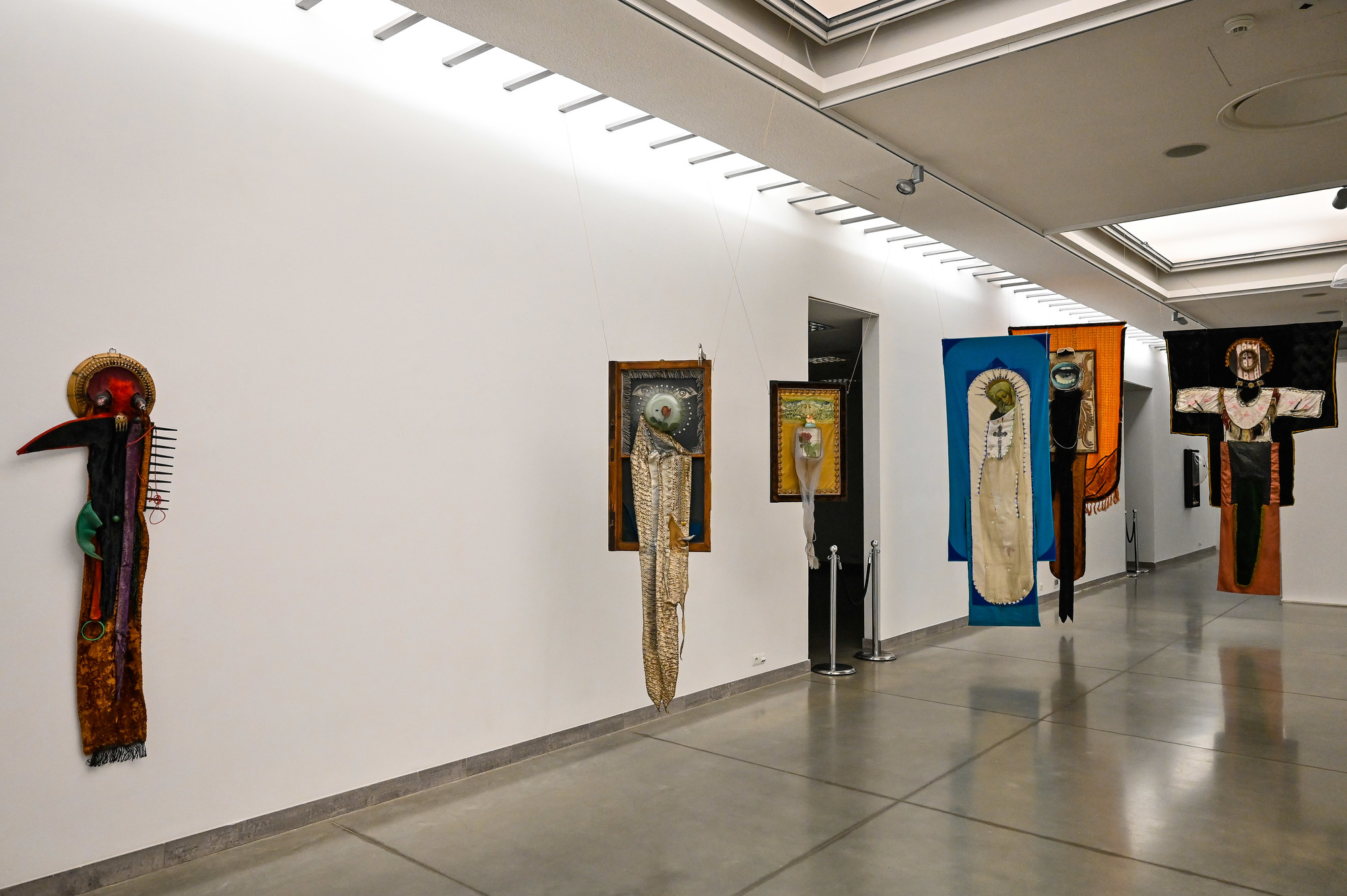
If you're interested in visiting PGS Art Gallery in Sopot, make sure you check out our What's On? section. Various ticket prices are available for different individuals and groups:
-Normal Ticket 10zł
-Reduced Ticket 7zł
-Family Ticket 18zł
-Children under 7 years FREE
-Sopot Residents (with Sopot Card) 5zł
-Yearly Ticket (1 person) 100zł
-Yearly Ticket (2 people) 150zł
Remember that FRIDAYS are FREE ENTRY!
Those with a Metropolitalna Karta do Kultury are entitled to a 15% discount for normal, reduced and family tickets.
For more ticketing information, please visit the PGS website (in Polish).





Comments